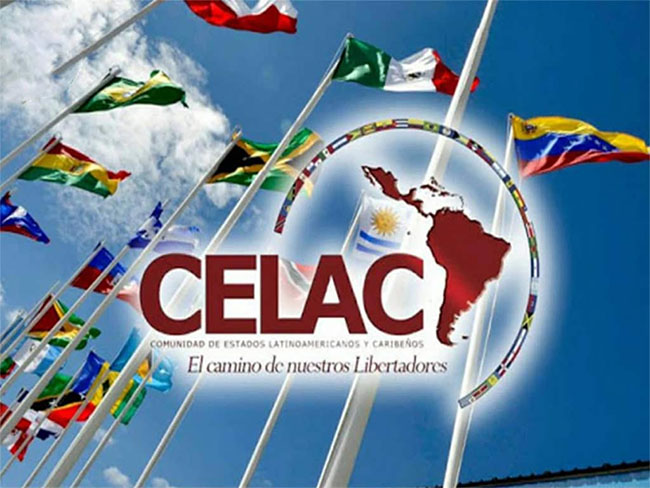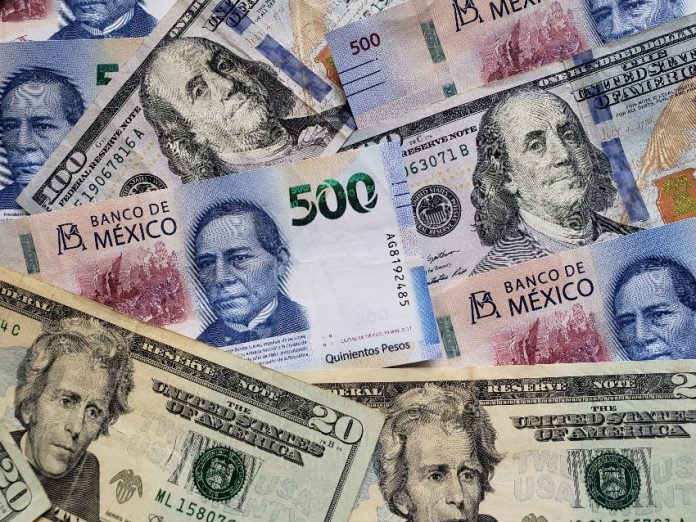by the El Reportero‘s wire service
The Mexican peso continued its hot streak on Monday, appreciating to its strongest level against the dollar in almost nine years.
After strengthening on Friday to close at 16.46 to the greenback, the peso appreciated around 1 percent to reach 16.30 to the dollar on Monday, its strongest position since August 2015.
The currency subsequently weakened slightly to close at 16.33, according to the Bank of Mexico.
Asserting that the Mexican peso had “eclipsed” the US dollar on a day on which the moon totally obscured the view of the sun from parts of North America, the El Financiero newspaper reported that the peso was the world’s best-performing emerging market currency in Monday trading.
Gabriela Siller, director of economic analysis at Mexican bank Banco Base, said on the X social media platform that the appreciation of the peso was due to three factors.
She cited the inflow to Mexico of foreign currencies from exports, remittances and direct foreign investment (FDI); the “expectation” that the wide gap between interest rates in Mexico and the United States “will attract capital to Mexico”; and the “expectation” that nearshoring “will attract waves of dollars” to Mexico due to an increase in FDI and exports.
The peso also got a boost from a general weakening of the dollar, as shown by a slight decline on the DXY index, which measures the value of the greenback against a basket of foreign currencies.
The peso has benefited for an extended period from the difference between the Bank of Mexico’s key interest rate — currently set at 11 percent after a 25-basis-point cut last month — and the 5.25 percent-5.5 percent rate of the United States Federal Reserve. The March 21 decision by the Bank of Mexico board to reduce rates hasn’t had an adverse impact on the peso despite a narrowing of that gap.
In fact, the peso has appreciated around 2.5 percent since the interest cut was made. Compared to the beginning of last year when one dollar was buying around 19.5 pesos, the gain for Mexico’s currency is almost 20 percent.
With inflation still above the Bank of Mexico’s 3 percent target, interest rates are expected to remain high in Mexico for some time. Inflation data for the entire month of March will be published later this week.
With reports from El Financiero, El Informador, El País and Aristegui Noticias
Crisis between Mexico and Ecuador debated by Celac foreign ministers

The regional organization chaired pro tempore by the Head of State of Honduras, Xiomara Castro, seeks to take action after the recent forced entry of Ecuadorian security forces into the facilities of the Mexican embassy in Quito to arrest the former vice president. Jorge Glas.
Given the lack of respect for international conventions that stipulate the inviolability of diplomatic headquarters and recognize the right of asylum, Castro will call the Summit of Presidents scheduled for April 12.
The call includes requiring the government of Ecuador to rectify the events that occurred in flagrant violation of the Vienna Convention regarding diplomatic relations and the Caracas Convention on asylum, as well as redirecting the appropriate procedure of said regulations in the case. of the request made by former Vice President Glas.
On behalf of Mexico, Foreign Minister Alicia Bárcena will formalize the establishment of a lawsuit before the International Court of The Hague and advocates for the support of her counterparts in the Celac countries, in addition to sending a letter to the Secretary General of the United Nations, António Guterres, to be presented to the UN, the Human Rights Council and the General Assembly.
In this sense, Celac will promote dialogue as a means of solution to restore diplomatic ties between Mexico and Ecuador and, if this is not possible, assume political positions whether jointly, bilaterally, or in multilateral organizations, for its entirety. compliance.



